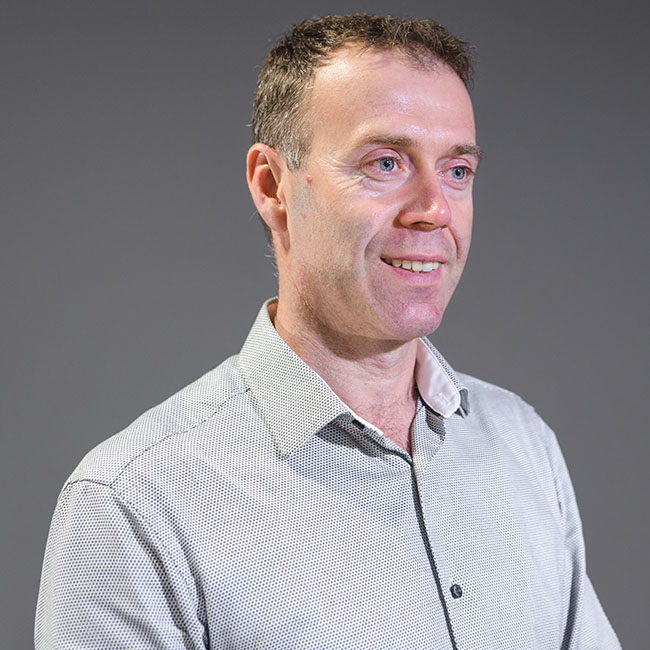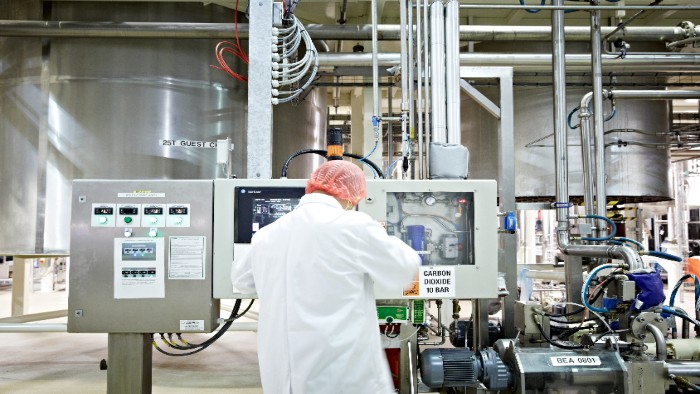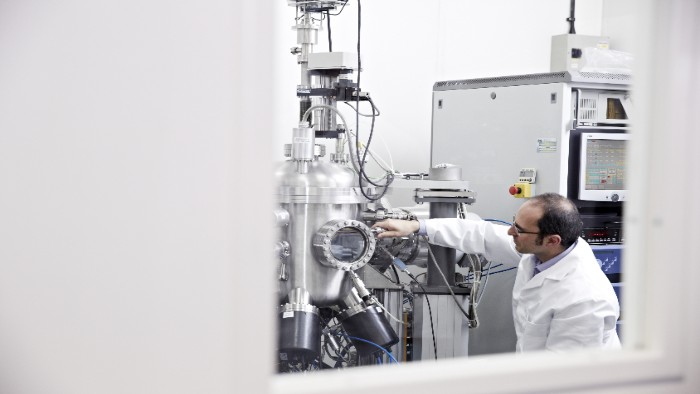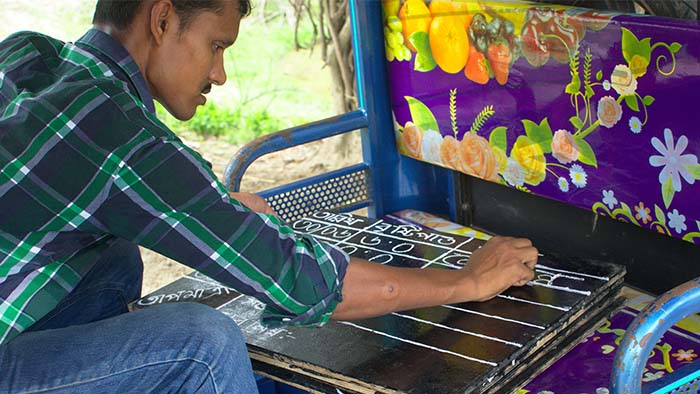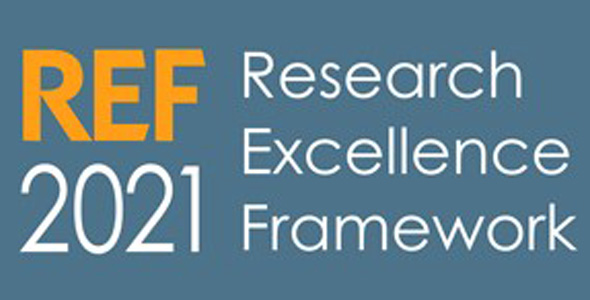
About this project
Explore the people and organisations behind this research, and find related publications by the research team.
Research areas
Industry and Innovation Research Institute Materials and Engineering Research InstituteRelated courses
Our teaching is informed by research. Browse undergraduate and postgraduate courses with links to this research project, topic or team.
Get in touch
Find key contacts for enquiries about funding, partnerships, collaborations and doctoral degrees.
Building sustainability into infrastructure
Senior Academic and Director of the Centre for Infrastructure Management

Staff

Professor Pal Mangat
Senior Academic and Director of the Centre for Infrastructure Management
Read more
About this project
Explore the people and organisations behind this research, and find related publications by the research team.
Research areas
Industry and Innovation Research Institute Materials and Engineering Research InstituteRelated courses
Our teaching is informed by research. Browse undergraduate and postgraduate courses with links to this research project, topic or team.
Get in touch
Find key contacts for enquiries about funding, partnerships, collaborations and doctoral degrees.

